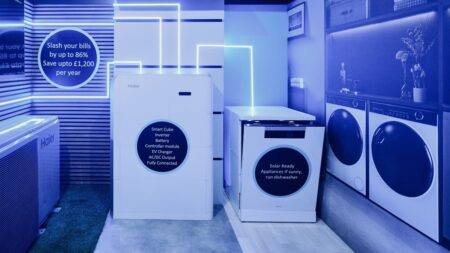New analysis points to an industry expanding at pace
The number of smart homes in Europe and North America has continued to grow, reaching 120.5 million last year.
That’s according to a new research report from the Swedish analyst Berg Insight.
North America leads the way in terms of smart home penetration, with 39.2% of all households in the region having at least one smart home product or system at the end of 2022.
This figure represents a year-on-year growth of 12%, and the trend is expected to continue over the next five years. By 2027, Berg Insight estimates that around 88.1 million homes in North America will be smart, equal to 58 58% of all homes in the continent.
The European market is slightly behind North America, with a total of 63.1 million smart homes but is forecasted to reach about 113 million by the end of 2027, representing a market penetration of close to 47%.
The report suggests that the smart home market will continue to grow as more consumers realize the value of connected products and systems.
New products and services, as well as connectivity standards that facilitate the setup and control of devices from different vendors, are fostering growth in the market.
The new Matter smart home standard is likely to become a key driver for mass-market adoption of smart home devices in the coming years, according to Martin Backman, Principal Analyst at Berg Insight.
Other industry collaborations, such as the Home Connectivity Alliance (HCA) for connected home appliances, also aim to simplify control of various devices for end-users.
Surging electricity prices are also creating demand for smart home solutions that can help households reduce their electricity consumption. Smart ACs, heat pumps, thermostats, and other products that enable households to reduce expenditures are anticipated to increase in popularity over the coming years.





